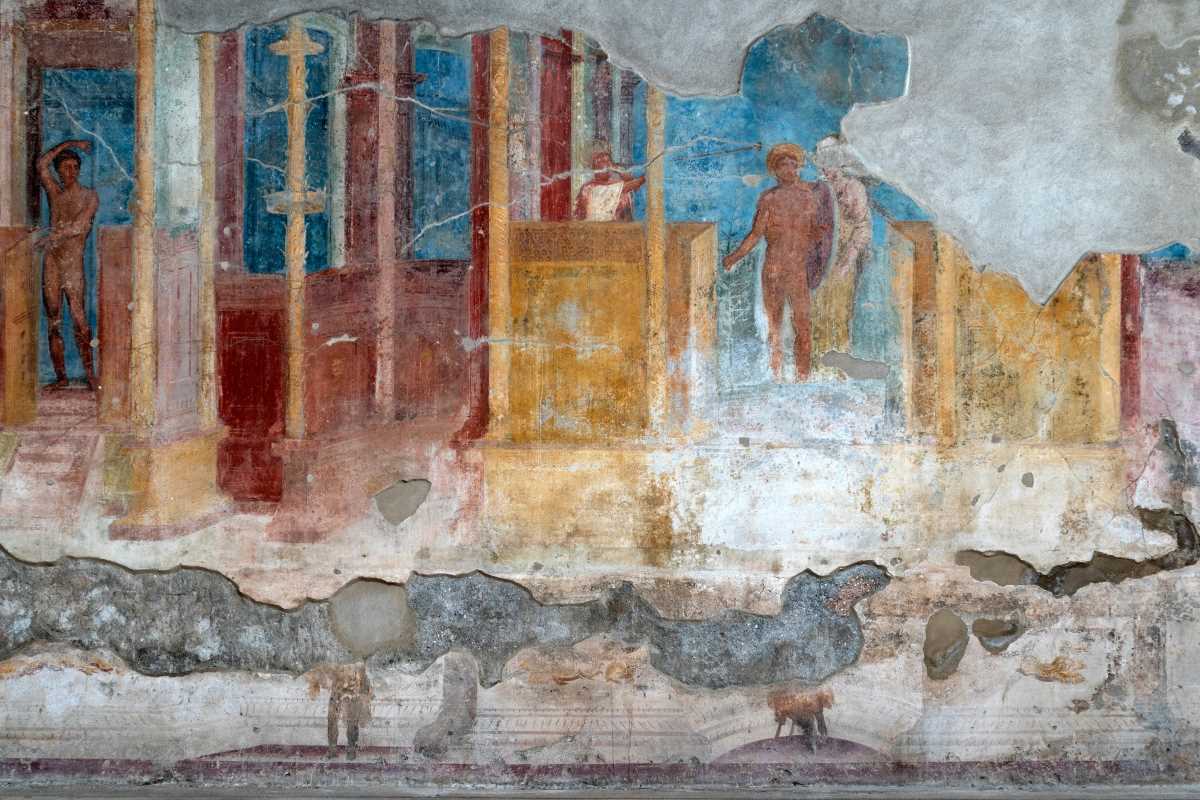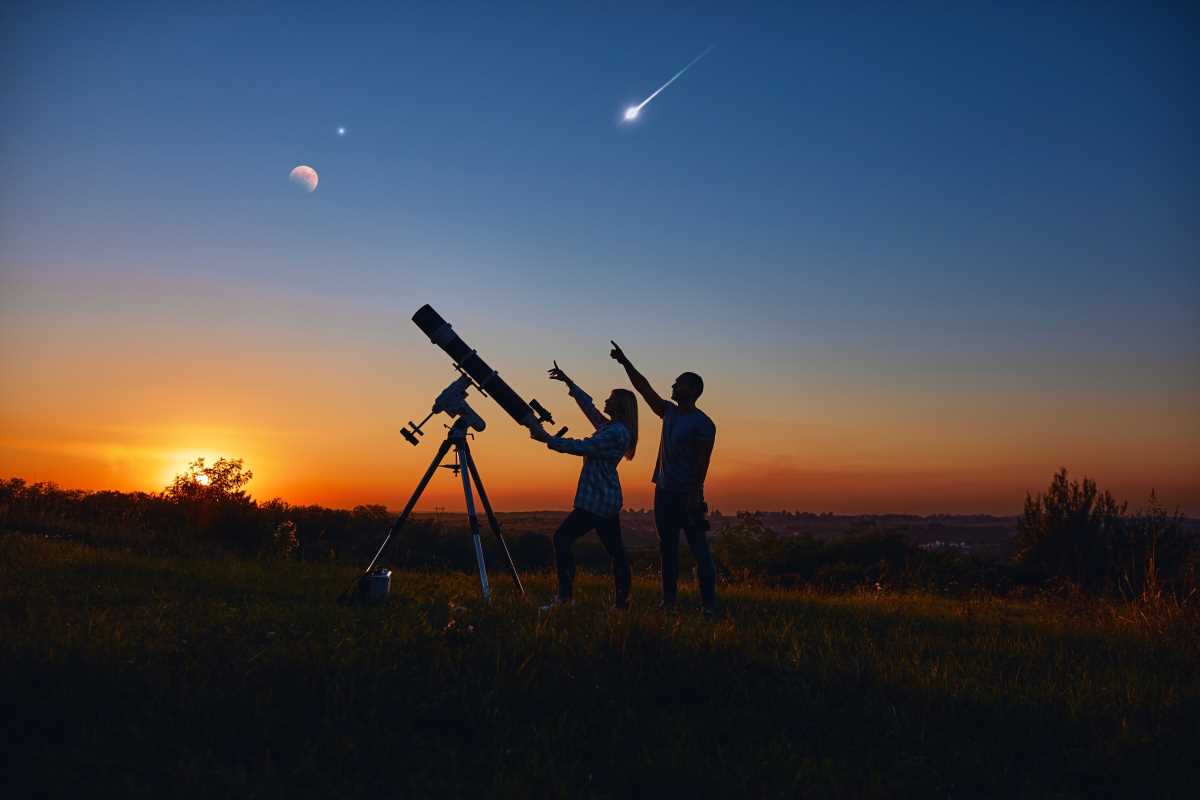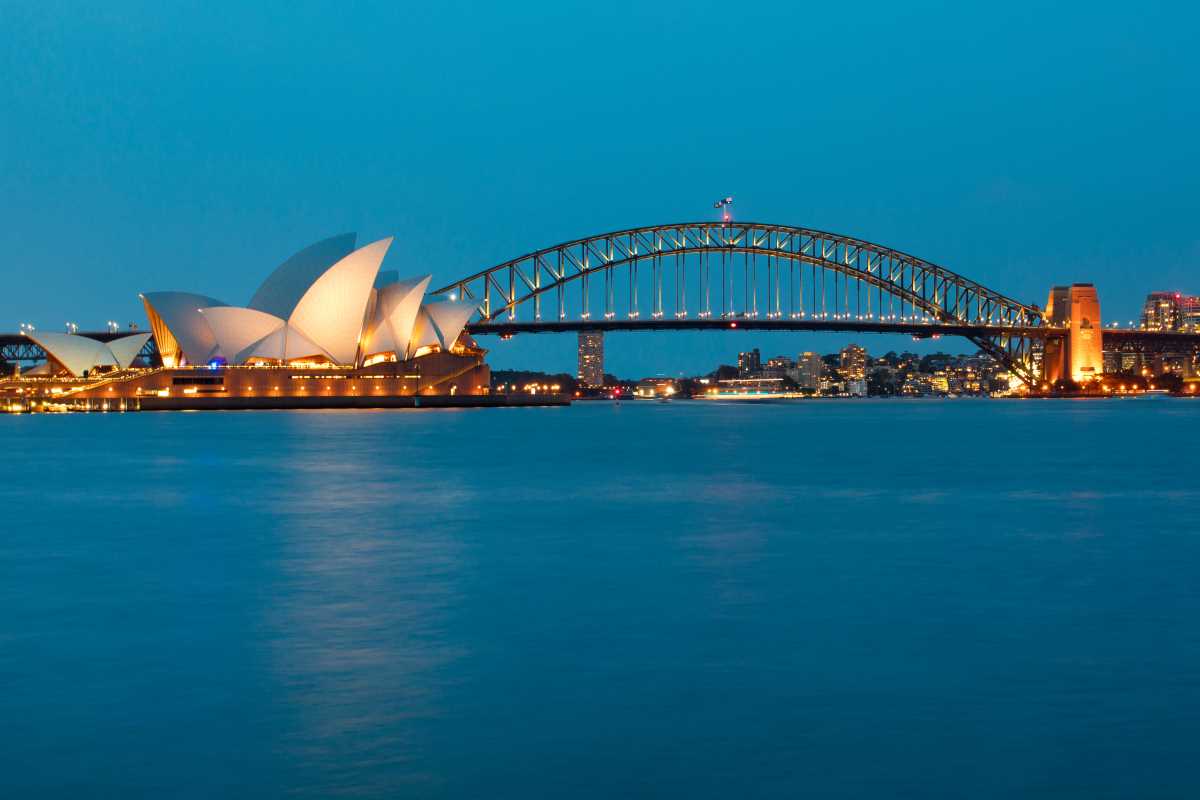Throughout history, cities have risen and fallen, becoming relics of their former glory. Many ancient cities, buried under layers of earth or obscured by the passage of time, hold untold stories of human ingenuity, culture, and resilience. While historians and archaeologists work to unearth these sites, modern artists have increasingly turned to these forgotten places as sources of inspiration. Through their creative reinterpretations, these historical cities are not only revived in public consciousness but also reimagined in ways that resonate with contemporary audiences. This synthesis of the ancient and the modern breathes new life into the ruins of time, offering a lens through which we can view the past with fresh eyes.
Rediscovering Lost Cities
Forgotten cities, such as Mohenjo-Daro, Pompeii, and Machu Picchu, serve as poignant reminders of the fragility of human civilizations. These cities were once thriving hubs of culture, commerce, and community, only to be abandoned due to natural disasters, wars, or environmental changes. As they lay dormant, they accumulated an aura of mystery and wonder, often serving as muses for artists seeking to interpret their narratives.
Modern art has proven to be a particularly powerful medium for reviving the essence of these places. Through paintings, sculptures, installations, and digital creations, artists reimagine what life might have been like in these ancient metropolises. They also explore the broader themes these cities represent—human ambition, glory's impermanence, and time's cyclical nature.
Modern Art as a Bridge to the Past
Artistic interpretations of forgotten cities vary widely, encompassing everything from hyperrealistic recreations to abstract expressions of the emotions they evoke. Artists often draw from archaeological findings, combining them with contemporary aesthetics to create a dialogue between the ancient and the modern.
For instance, digital artist Annibale Siconolfi, known for his futuristic yet hauntingly ancient cityscapes, often incorporates elements inspired by ruins like Petra and Persepolis. His works imagine these cities not as remnants of the past but as vibrant, otherworldly spaces that transcend time. Similarly, sculptor Antony Gormley’s minimalist human figures placed in historical sites such as Delos invoke the interplay between human existence and the landscapes of history.
Meanwhile, immersive installations and augmented reality (AR) projects have brought these cities to life in unimaginable ways. AR exhibits like those created by the British Museum or private digital artists allow viewers to "walk through" reconstructions of places like Babylon or Ephesus. These interactive experiences blend art, technology, and archaeology, enabling audiences to engage with history in dynamic and personal ways.
Reviving Cultural Narratives
Forgotten cities are more than just physical spaces; they are vessels of cultural narratives. Modern artists often delve into these narratives to explore the lives, beliefs, and struggles of those who once inhabited them. By doing so, they challenge us to consider how these histories inform our present and future.
Many contemporary artists incorporate motifs and symbols from ancient cultures to pay homage to the artistry of their predecessors. The intricate mosaics of Byzantine Antioch, for example, have inspired a wave of modern textile and graphic designers who reinterpret these patterns for the digital age. Similarly, the frescoes of Pompeii, with their vivid depictions of daily life, have influenced modern muralists to tell stories of contemporary urban experiences.
Beyond aesthetics, artists often use their work to comment on the circumstances that led to these cities' decline. Themes such as environmental degradation, inequality, and political turmoil find expression in modern reinterpretations, serving as warnings for today's societies. For example, multimedia artist Ai Weiwei’s work frequently juxtaposes historical ruins with modern crises, drawing parallels between past civilizations' fall and the present vulnerabilities.
The Role of Technology in Reimagining History
Technological advances have opened up new frontiers for reimagining historical cities through art. Virtual reality (VR), 3D printing, and AI-generated imagery enable artists to reconstruct these spaces while allowing room for creative interpretation accurately.
VR platforms allow users to explore cities like Angkor Wat or Teotihuacan as they might have looked in their prime. Artists and programmers collaborate to create these immersive worlds, ensuring they are as historically accurate as possible while incorporating artistic flourishes to enhance the experience. This blend of art and technology not only educates but also inspires awe, fostering a deeper appreciation for the ingenuity of ancient civilizations.
AI, too, plays a pivotal role in this reimagination. By analyzing archaeological data, AI can generate visualizations of cities based on historical records and artistic intuition. These creations often blur the line between historical reconstruction and speculative art, challenging viewers to consider the subjective nature of interpreting the past.
Inspiring New Conversations
Modern art's reimagining of forgotten historical cities does more than preserve their memory—it inspires new conversations about identity, resilience, and the interconnectedness of human history. These artworks often evoke a sense of nostalgia, wonder, and reflection, prompting viewers to think about their place in the continuum of time.
In public spaces, installations referencing ancient cities can spark dialogue about heritage and conservation. For example, contemporary art exhibits juxtaposed against the backdrop of historical ruins, such as the Venice Biennale installations in the Arsenale, create a striking interplay between old and new, emphasizing the need to protect cultural legacies.
Moreover, modern art’s reinterpretation of historical cities often highlights marginalized narratives, bringing attention to overlooked aspects of history. This democratizes the storytelling process, ensuring that these forgotten places resonate with diverse audiences.







